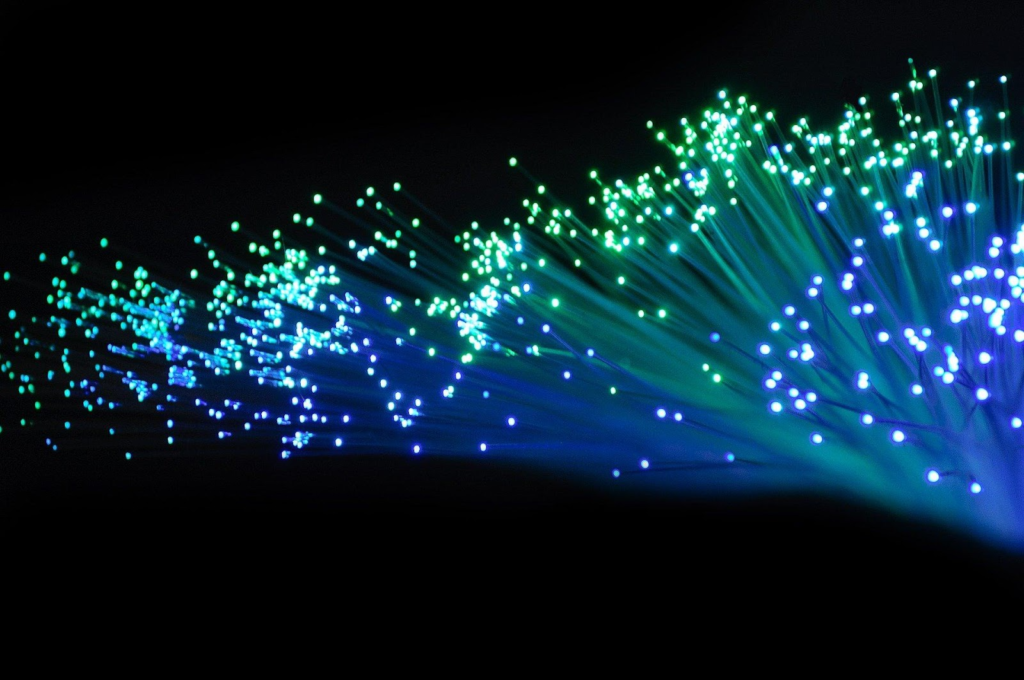Low Voltage Wiring: Basics and Guide
The facts shouldn’t shock you! Commercial buildings consume roughly 35% of the electricity in the United States every year. So if you want to reduce the impact of your building on the environment, you must follow many steps to reduce your energy use.
An effective way of reducing your energy use is switching to low-voltage wiring. What are low-voltage wires, and how can you use them to power your devices? Here are the basics of low-voltage wiring you can understand today.
Applications for Low-Voltage Wiring
There is no official definition for low-voltage wiring, but most wires carry less than 50 volts. Most companies market 120V wires as high-voltage or standard-voltage wires, so avoid purchasing them. Despite its voltage limitations, low-voltage wiring has numerous applications for your home and business.
Telecommunications
The most common application for low-voltage wiring is telecommunications. The majority of telephones and television sets use low-voltage wires. Most cell phone chargers plug into 120-volt outlets, but the chargers have an output voltage of 5-12 volts. You can also use low-voltage cables for speakers, microphones, and audio systems.
Low-voltage wires can carry Wi-Fi, internet, and ethernet connections as well. Routers and boosters do not require many volts, so most of them can use low-voltage cables.
Smart Building Products
Garage door openers, thermostats, and doorbells use low-voltage wires. These devices may need several wires for an internet connection and electric power. You can connect them to batteries, allowing them to stay on if the power goes out.
You can use low-voltage wiring for some lights and lighting controls. Try to find LEDs that require less electricity than incandescent bulbs. Most exterior and landscaping lights need low voltage; you can bury the wires underground to prevent tripping or fires.
Building Security
Security cameras, alarms, and motion sensors use low voltage. Depending on the system you have, you may be able to run your lights using low voltage, including exterior lights. Most fire suppression systems use low-voltage wires, making them easy to activate during an emergency.
Need help setting up a low-voltage wiring system for your smart building? Learn about our expert technologists at C&C Technology Group now!
Advantages of Low Voltage Wiring
The main advantage of low-voltage wiring is energy efficiency. Low-voltage wires do not expend a lot of electricity as heat, so you will pay less for electricity than you would with high-voltage systems. Once you install the correct wiring, you can switch to energy-efficient appliances that require less power over time. Green energy sources like solar panels and wind turbines provide low direct currents, so you can connect your system to these sources through low-voltage wires.
Related: Renewable Energy for Data Centers
Low-voltage wires are also much safer than high-voltage options. The fewer volts in your electrical system, the less risk you have of fires, electric shocks, and arc flashes. An electrician can perform basic electrical work on your building and set up a low-voltage system, allowing for seamless connections between your wires and devices. An electrician can also set up a structured cabling system, dividing your low-voltage wires into blocks that are easy to monitor and maintain.
Products attached to low-voltage wires tend to last longer than their competitors. Low-voltage exterior lights last 60 times longer than incandescent bulbs connected to high-voltage cables.
Types of Wiring
There are several types of low-voltage wires you should know, each with its unique applications, advantages, and disadvantages.
Fiber Optics

Fiber optic cables transmit internet data as light along thin plastic or glass fibers. They are some of the most modern forms of wiring and are becoming popular in smart buildings. They can transmit information over very long distances, making them ideal for office complexes and college campuses. However, fiber optics can be tricky to set up without help.
Related: Fiber Optic Infrastructure and Internet Guide
Category 5
Category 5 (CAT5) wires are the oldest form of network cables. They carry broadband internet to desktop computers, and you can use them to carry voice and video data.
CAT5e is an enhanced variant of CAT5. It can carry data at speeds ten times faster than CAT5, and it works better over longer distances, making it a good choice for large office buildings with many computers.
Category 6
Category 6 (CAT6) cables can carry more bandwidth and higher frequencies than CAT5e. Most cables carry frequencies of up to 250 MHz, though their highest speed is ten gigabits per second in ideal conditions.
CAT6A cables are an augmented and improved version of CAT6. It can carry internet connections at 500 MHz or higher at lengths of more than 300 feet.
Do you have questions about different types of low-voltage wiring? Contact the experienced team of workplace technology experts at C&C Technology Group today!
How to Spot Low-Voltage Wiring
The easiest way to identify low-voltage wires is to look for stamps on their jackets. The stamps may mention what category the wire is in or what application the wire is for. They may also describe how many volts the cable carries.
The wire gauge indicates how thick your wire is. The thinner your wire is, the less voltage it carries. Most low-voltage devices use 12-gauge to 24-gauge wires. Most low-voltage wires have thin jackets made of vinyl or PVC as well.
Safety Concerns

Do not let the low voltage fool you. 18% of electrical injuries come from low-voltage systems, and even a small shock can hospitalize you.
Whenever you are handling wires, you need to turn off your electricity. Wear rubber gloves and never touch wires with your bare hands, even when the electricity is off. Remove or tie back anything that can get tangled in your wiring, like necklaces or long hair.
Avoid installing low-voltage wires by yourself. Many wires are so fragile that you can break them with your bare hands. Hire an electrician with expertise in installing low-voltage wiring. Some states and cities have special rules for low-voltage wiring, so talk to your municipal government before you hire an electrician.
Related: Types of Electrical Grounding Systems and Techniques
Last Updated on June 8, 2023 by Josh Mahan




